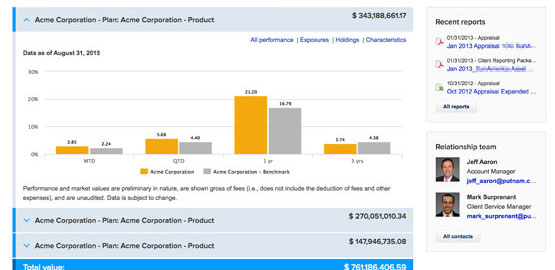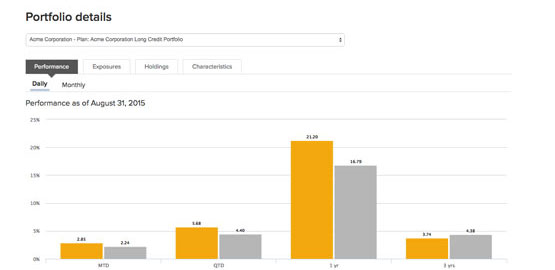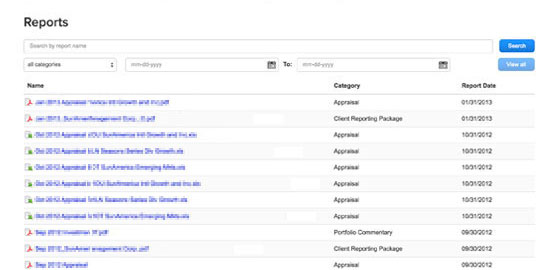- Recent inflation readings have caused bond market turbulence and challenges for central banks.
- The Federal Reserve might be missing the fact that the dynamics of inflation are different this cycle.
- Behind China's Covid policy is a political strategy that may keep the world guessing about supply chains and demand for commodities.
After a challenging first half of 2022 for fixed income markets, the problem posed by high inflation is now matched by concern about slowing growth. At the same time, today's higher yields and still solid credit fundamentals offer attractive prospects for fixed income strategies.
Challenges for rate markets and central banks
Markets are facing a range of converging risks, including stubbornly high inflation, weakening growth, disrupted supply chains, the lengthening Russia-Ukraine War, and the evolving Covid-19 pandemic.
Of these, inflation remains the top concern of the Fed, as it has shifted into aggressive rate-hiking mode. The Fed hiked rates 75 basis points (bps) in June and again in July. Quantitative tightening also started in June, as the Fed implemented caps on reinvesting principal from its Treasury and agency debt holdings.
The Consumer Price Index rose to 8.6% for May and to 9.1% for June, and the Bureau of Economic Analysis's personal consumption expenditures (PCE) price index remained stubbornly high at 6.3% in May. The yield on the benchmark 10-year U.S. Treasury note rose for much of the second quarter. During the week of the June Fed meeting, the 10-year note yield closed at 3.49%, its high for the quarter. The yield curve also inverted, which is considered a possible indicator of recession. Yield spreads widened, and the Bloomberg U.S. Aggregate Bond Index returned –4.69%.
The Bureau of Economic Analysis pegged first-quarter U.S. GDP growth at –1.6%, and the initial second-quarter reading was also negative. This is a challenging environment for central banks as well as investors. Economic activity has been slowing but not collapsing while inflation has been more persistent than expected. However, unless the central banks change their stance quickly, perhaps helped by a visible drop in inflation, we are likely to end in a recession.
Inflation is different this time
Inflation is a lagging indicator. It tends to rise late in the cycle when resources are overutilized. If the fiscal and monetary stance is appropriate, it also comes down naturally, albeit gradually. Typically, the response to higher price signals in the form of changing spending patterns happens slowly. But the tightening of policy has happened quickly since last year. These forces will bring growth and inflation down. However, the economy has also experienced a commodity price shock from the Russia-Ukraine War, as well as the effects of China's zero-Covid policy, and the new spending by many consumers who postponed travel during the first two years of the pandemic. The pace of adjustment toward lower inflation is slower than in a less eventful cycle.
Another complication is the shortage of food and energy. If it persists, the decline in inflation that tends to follow in the wake of weaker demand will take time. Consumers have been spending on leisure and vacation services, but this could pass when summer ends. In our view, the combination of consumer confidence at historical lows and credit card debt at historical highs means that a spending slowdown is in the pipeline.
Central banks are making policy amid these complications and a high level of public dissatisfaction. Policymakers are becoming even more hawkish and apparently beginning to ignore or forget the fact that monetary policy acts with lags. For example, even in the most interest-rate-sensitive sector, housing, the adjustment to higher rates has just started. When central banks overreact to high inflation, which tends to happen late in the economic cycle when consumption growth is slowing, a recession is more likely.
We believe, at some point soon, consumption might be dropping noticeably while inflation remains uncomfortably high. The Fed will then have to make a choice between the level of inflation and how deep of a recession to accept.
The politics behind China's reopening
China's zero-Covid policy has been one of the factors behind the surge in inflation. While the rest of the world was normalizing, recurring lockdowns in the world's manufacturing hub increased inflation and extended its duration. At the same time, the lockdowns helped to contain energy and other commodity price increases in April and May, as surprising as that may be.
In a world close to being fully normalized, China's zero-Covid policy looks absurd. However, it is likely to continue
at least until the 20th Party Congress in late 2022, when President Xi Jinping's future will be determined. The zero-Covid policy allowed Xi to turn the original outbreak of the coronavirus in Wuhan into a success story. Xi earned large public support as China had the least Covid mortality in the world. Now, the pandemic is very different. Omicron variants have been spreading despite the government's harshest measures. While reopening is now a more sensible policy, after two years of relentless propaganda, the possibility of an uncontrolled outbreak that could cause many deaths and overwhelm the health care system is too big a risk to take before the Party Congress.
Another possible way out of this policy commitment would be a national success story on the vaccine front. China has been increasingly choosing to rely on its own products, including vaccines and drugs. An antiviral drug developed by a Chinese company could be a propaganda tool to enable a policy shift. There is indeed a drug being developed by Junshi, a Chinese biotech company, which reported success in Phase III trials. Of course, the probability of this new drug meeting the government health standards and going into widespread use in a society with low trust in the government is unknown.
The Treasury curve flatted as the Fed's hawkishness continued and growth fears increased
Source: U.S. Treasury Department. Past performance is not indicative of future results.
Nobody, except Xi Jinping, can be sure what path China will take. Until the path is clear, market sentiment in China is likely to fluctuate, and by extension, the conditions in global supply chains and demand for commodities and other goods will also fluctuate. One risk to remember is that China's reopening could push energy and commodities higher. In an environment where central bank tolerance for high inflation is long gone, a further impetus to inflation from a reopened China could cause already-fragile risk sentiment to deteriorate.
Market outlook
In light of tightening monetary policy, higher interest rates, and less liquidity in the marketplace, we have a cautious outlook and we anticipate continued bouts of volatility. We're also concerned about lingering supply chain disruptions. Moreover, while consumer balance sheets are generally in good shape, we believe inflation-adjusted wages are beginning to decline.
Markets have quickly discounted multiple rate hikes at upcoming Fed meetings, and U.S. Treasury yields have risen significantly across the curve. Given the upsurge in rates and the number of rate increases already reflected in the market, we believe Treasury yields could stabilize periodically as growth concerns begin to build.
Next: Sector views
More from Fixed Income Outlook
Although central bank efforts to fight inflation could end in recession, we are constructive on some areas of fixed income.









